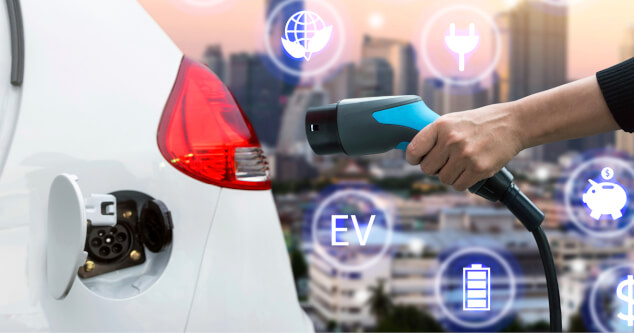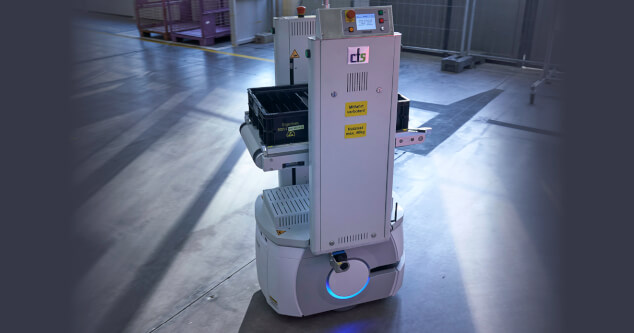Moving to e-mobility: seven tips for success
Julkaistu 08. syyskuuta 2020: Sustainable Manufacturing

Overcoming the barriers
However, these changes bring their own challenges and potential obstacles. These include the many different national and international regulations that automotive companies face, including strict European data protection guidelines.Migrating to the factory of the future
In this new world, data analysis will become increasingly important. Many new technologies, such as AI and the Internet of Things (IoT), require integrated and well-thought-out data strategies. One example is Predictive Maintenance: the maintenance of machines based on information collected at the machine level (‘at the edge’). Powerful software solutions are vital for ensuring connectivity and communication between the systems, easing the transition to the factory of the future. For example, production lines can be ‘smartly’ connected to mobile robots, driverless transport systems (automated guided vehicles), collaborative robots (cobots), ERP, MES etc.
Moving to e-mobility: seven tips for success
- Focus on the big picture. Automotive companies need to move from being pure suppliers to becoming technological and strategic partners. This will involve a proactive approach based on customer-centric production. The future will increasingly revolve around large-scale, bespoke production instead of mass production.
- Develop a unified vision. Excellent communication is needed between you and your partners and customers so that you all adopt a similar approach. This also means questioning how production processes can be adapted and transformed to address an increasingly flexible market.
- Understand the potential. Your management team and employees need to know as much as possible about new technologies and their potential advantages. This will enable them to be used efficiently and in many different ways.
- Blend automation with AI. Artificial intelligence can offer additional benefits for business decisions. It can help you to avoid mistakes and will provide insights into production processes that weren’t previously possible.
- Look at existing applications. Instead of evaluating technologies theoretically, look at use cases so that you can gain a better understanding and evaluation of the advantages of an application.
- Think big, start small. New technologies come with numerous challenges and hurdles. Gather all the background knowledge and experience you can. Start with smaller pilot projects that can be expanded and adapted later.
- Change the crisis into an opportunity. Even if the current situation slows down innovations, focus on positive opportunities – such as the advantages of human-machine collaboration – to see where you can start to take action.
